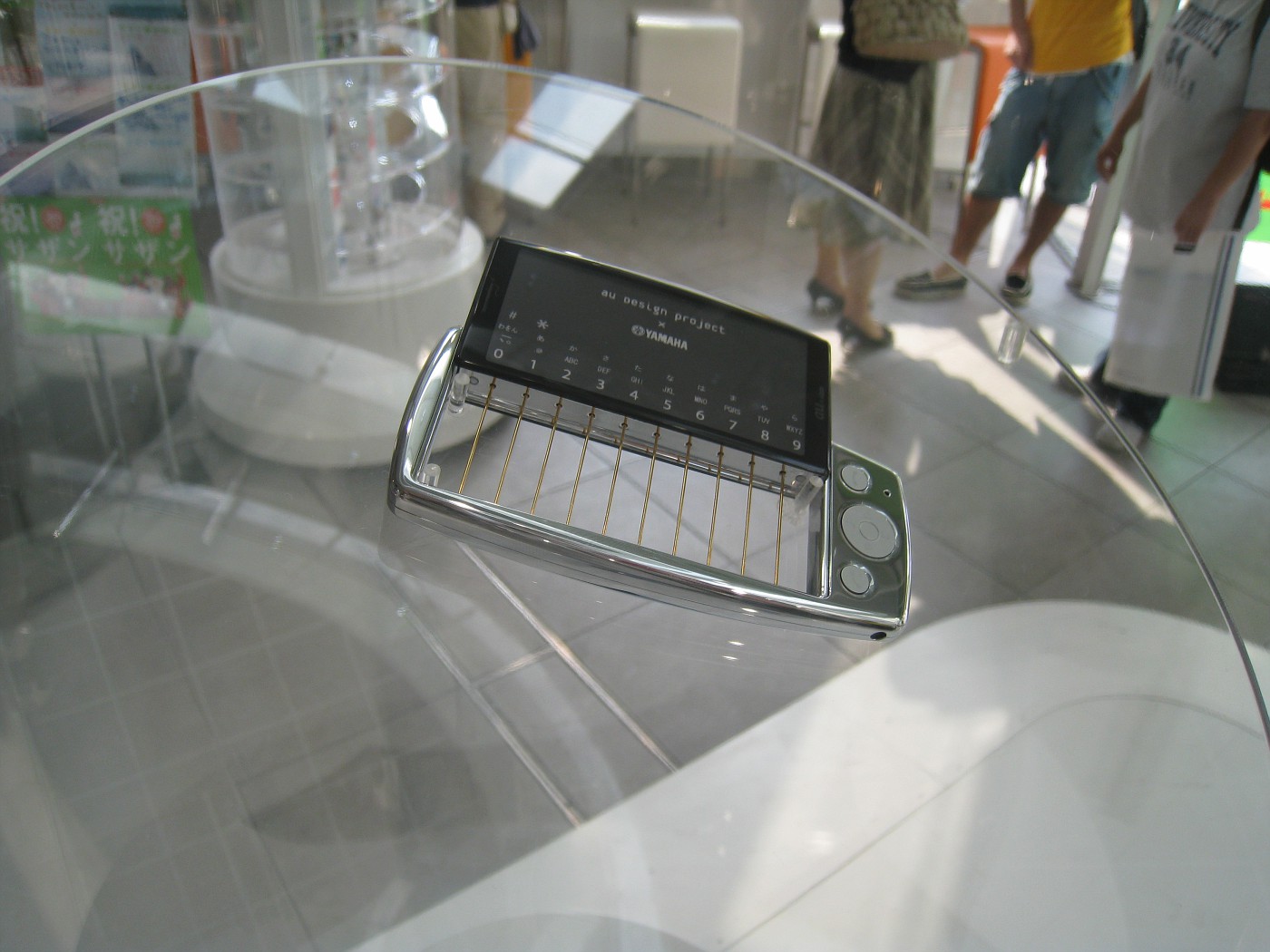It seems that only last month Nikon announced the D90, a digital single-lens-reflex (DSLR) camera, with the ability to shoot high definition video. DSLR cameras have always been the most popular with consumers and there are many different models from different manufacturers, to learn more about the infamous dslr read more here. So, this new development is bound to trigger a further rise in sales, however, now Canon has announced the 5D Mk II, with even higher resolution video and a better sensor, and even the consumer level SX1 IS has full HD video capability.
Why is this important?
Well, digital cameras have been shooting video, even high-definition video, for a while now. Numerous photographers have used various cameras and dslr gimbals to create great video content, however, the D90 is the first photo camera, with a large sensor and removable lens, that can take videos. This is important, because it suddenly makes some of the capabilities of movie cameras available at a much lower price point. These are: shallow depth of field (limiting focus to objects at specific distances from the camera) and ability to use specialized lenses. Most current HD camcorders have quite small sensors, and hence have high depth-of-field: you can’t throw the background out of focus very much. Moreover, most camcorders have a built-in-lens: if you want special effects, like a fisheye or extremely long zooms, you have to use a converter lens (generally low quality).
To achieve shallow DOF and use different lenses for shooting HD video, 2 years ago you were looking at a $250,000 camera. RED revolutionized the industry with the RED One, a large sensor camera capable of using cine lenses and delivering extremely high resolutions. A RED setup, including camera and lenses, would cost you around $30,000.
Now Nikon and Canon are selling cameras with some of these abilities, for between $2000 and $4000. Of course, RED has nothing to fear: it is built more robustly, and delivers much higher video resolution. However, these video enabled DSLRs are a disruptive product: they can deliver some of the looks, at slightly lower quality, at a much lower pricepoint than existing pro video solutions.
DSLRs at the level of the D90 are very popular. People are going to buy them in large volumes anyway, regardless of the video feature. When they try the video, they’re going to realize that it looks much better, more movie-like, than anything they’ve seen from a video camera. Indie filmakers are going to realize that they can match Hollywood looks with a $3000 camera.
In the same way that desktop publishing and laser printers made the “look” of professionally printed documents available to everyone, this is going to make the “look” of cinema available to everyone. It doesn’t mean that everyone is going to become a Hollywood director – but it does mean that tons of crappy videos of pets and babies are going to (superficially) look a lot like a movie – and that is going to cause a big change.
Professional cinema has a distinctive look, which people spend a lot of time and effort to create. When amateur clips out of inexpensive cameras start looking the same, cinema is going to lose a lot of its exclusivity!






When hardware becomes software (Another blast from the past)
Another piece from 1999, this time discussing how electronic devices are increasingly defined by the software they run, not by their hardware capabilities. I wrote this before the iPod was released, and am pleased by how events have proved my thesis – today’s mobile phones and iPods (esp. iPod touch) are very much the kind of device I envisioned. Sonique, my software of choice back then, has disappeared: however, many of its features have appeared in other programs.
Now, pull the lever on the Wayback machine and be transported to London, in the summer of 1999…
I’m writing this in the garden, listening to music on my laptop. How the music got there and how it’s played back is the story of MP3, which has been well described elsewhere. What has struck me is how the player software is actually easier to use and more capable than any portable device I’ve used, and in fact better than my CD player at home, thanks to software development. You may want to consider some music systems for the home. The reasons for this are part of a longer-term trend for more and more hardware functionality to become translated into software, and in fact become a service. This poses enormous challenges, not just for the music industry, but also for manufacturers of any product whose functionality can be expressed in sofware.
Continue reading When hardware becomes software (Another blast from the past)